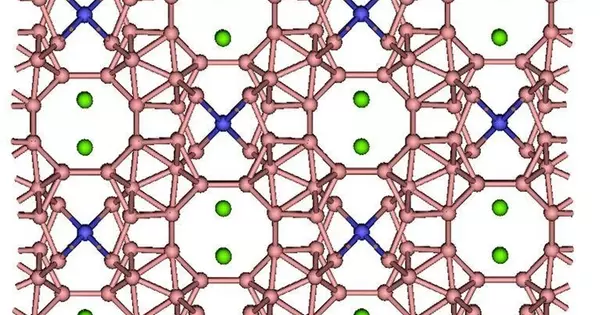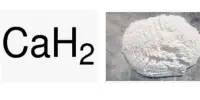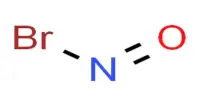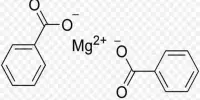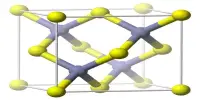Aluminum magnesium boride, also known as BAM, is a chemical compound composed of aluminum, magnesium, and boron. It is a ceramic material that belongs to the family of borides. While the nominal formula is AlMgB14, the chemical formula is Al0.75Mg0.75B14. It is composed of aluminum, magnesium, and boron, and has a crystal structure similar to that of diamond.
It is a ceramic alloy with a high wear resistance and an extremely low coefficient of sliding friction, reaching a record value of 0.04 in unlubricated AlMgB14TiB2 composites and 0.02 in lubricated AlMgB14-TiB2 composites. AlMgB14 is an interesting material because it has a high melting point (above 3000°C), excellent electrical conductivity, and is superconductive at low temperatures.
BAM has an orthorhombic structure with four icosahedral B12 units per unit cell, as first reported in 1970. The coefficient of thermal expansion of this ultrahard material is comparable to that of other commonly used materials such as steel and concrete.
Properties
- Hardness: AlMgB14 is an extremely hard material, with a Vickers hardness of about 30 GPa, making it one of the hardest materials known.
- High melting point: AlMgB14 has a high melting point of about 3,500°C, making it suitable for use in high-temperature applications.
- Good thermal conductivity: AlMgB14 has a high thermal conductivity of about 50-60 W/mK, which makes it useful for applications that require good heat dissipation.
- Low electrical conductivity: AlMgB14 is a good electrical insulator, which makes it useful for applications that require electrical isolation.
- Corrosion resistance: AlMgB14 is resistant to most chemicals and is not easily corroded, making it useful for applications in harsh environments.
- Lightweight: AlMgB14 is a lightweight material with a density of about 2.5 g/cm3, making it useful for applications where weight is a critical factor.
- Superconductivity: AlMgB14 is a superconductor with a critical temperature of about 39 K, making it useful for applications in cryogenics and superconductivity.
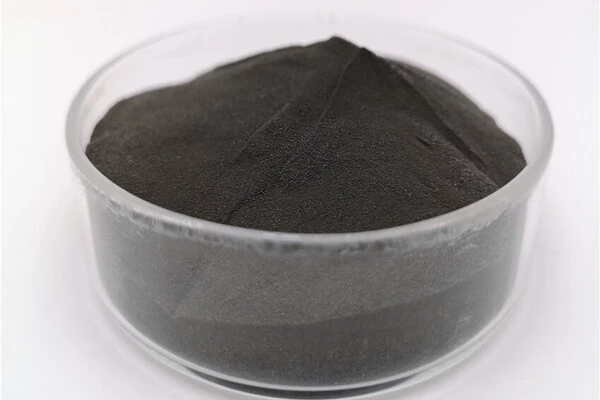
Synthesis
BAM powders are commercially manufactured by heating a nearly stoichiometric mixture of elemental boron (low grade due to magnesium content) and aluminum for a few hours at temperatures ranging from 900 °C to 1500 °C. After that, spurious phases are dissolved in hot hydrochloric acid. The starting mixture can be processed in a high-energy ball mill to speed up the reaction and make the product more homogeneous. To avoid oxidation of the metal powders, all pretreatments are performed in a dry, inert atmosphere.
Applications
AlMgB14 has a wide range of potential applications, such as in coatings for high-temperature components, electrical contacts, and as a superconductive material for high-field magnets. It is also being studied for use in high-temperature superconducting power transmission lines and as a replacement for copper in electrical wiring due to its high electrical conductivity.
BAM is a commercially available substance that is being researched for potential applications. Pump pistons, seals, and blades, for example, could be coated with BAM or BAM + TiB2 to reduce friction and increase wear resistance. Friction reduction would reduce energy consumption. BAM can also be applied to cutting tools. Reduced friction would reduce the amount of force required to cut an object, extend tool life, and possibly allow for faster cutting speeds. Coatings as thin as 2-3 micrometers thick have been found to improve cutting tool efficiency and reduce wear.
